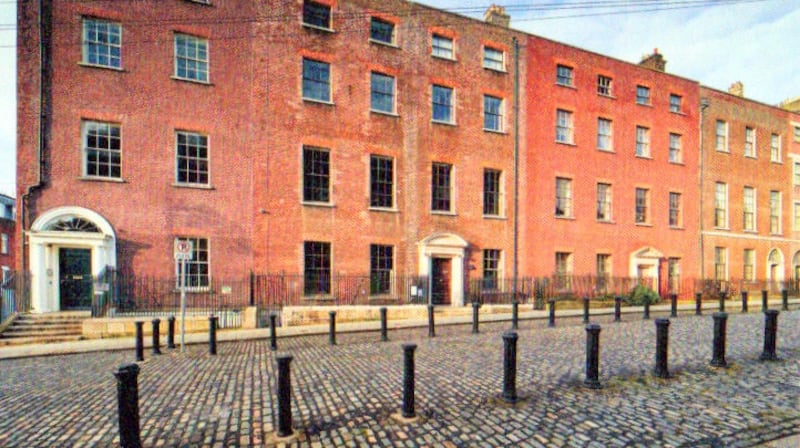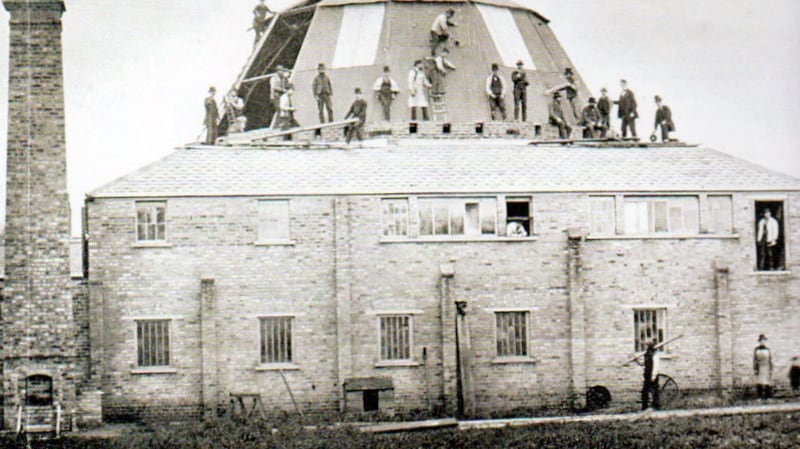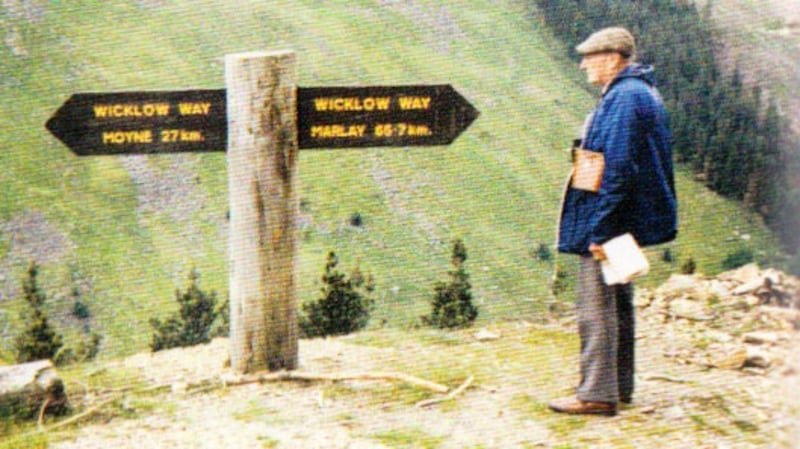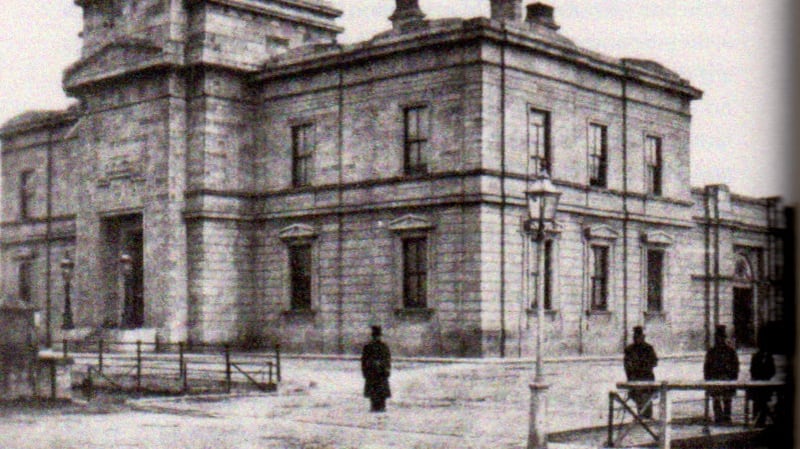A handsome trilogy of hardbacks covering 230 years traces the changing fortunes of a north Dublin inner-city address – 14 Henrietta Street – from magnificence to decline. The volumes, published by Dublin City Council Culture Company at €18 each, focus on specific aspects of the history and evolution of the house, placing it in a wider social, political and economic context.
The first in the series, 14 Henrietta Street: Georgian Beginnings, 1750-1800, by Melanie Hayes, considers the heyday when the palatial redbrick building with classical proportions and richly decorated interiors set new standards in domestic housing. Occupied by some of the most powerful members of the Anglo-Irish ruling class, the house stood as a symbol of status and success, where social scheming merged with political manoeuvring.
The second book, 14 Henrietta Street: Grandeur and Decline, 1800-1922, by Timothy Murtagh, covers the 19th century and what the author states "rightly or wrongly has come to be known as a golden age of the city's history". Immediately after the Famine, No 14 was converted and became the home of the Encumbered Estates Court, where public sales of estates were held.

The final volume, 14 Henrietta Street: From Tenement to Suburbia 1922-1979, by Donal Fallon, concentrates on attempts to address the housing crisis and recounts colourful recollections of tenement life from the last residents. The new developments included planned estates of Marino/Fairview in the 1920s, followed by Cabra, Crumlin, Whitehall and Ballyfermot – known to some Dublin wits as "Bally-far-out".
Atlas of Rathmines
On the other side of the city, a new historical atlas surveys Rathmines from its days as a village to its expansion as a vibrant suburb. Rathmines, Irish Historic Towns Atlas: Dublin Suburbs (Royal Irish Academy, €35) by Séamas Ó Maitiú, is part of a project that has led to the publication of 30 town atlases reflecting dramatic changes over the centuries.
The Town Hall and central spine of Rathmines Road have transformed but endured through time; other distinctive features such as the Swan river, Grubb’s astronomical works in Observatory Lane and two large skating rinks have disappeared. Farms gave way to country villas before the Grand Canal, Portobello Barracks and elegant 19th-century squares took their place.

The topography of the area is vividly recorded in 29 maps while a gazetteer of 1,000 sites and an accompanying essay presents an overview. Among the sketches and black-and-white photographs is a particularly stunning two-page watercolour of Cullen’s Castle (1772) by the Dutch artist Gabriel Beranger, renowned for his drawings of Irish antiquities.
JB Malone
Remaining with the outdoors, the story of one of the most influential people in the growth of walking in the south Dublin and Wicklow countryside is examined in JB Malone: The Life and Times of a Walking Pioneer and an Explorer of the Nearby (South Dublin Libraries, €20), by Michael Fewer. Malone was a hill-walking enthusiast who was born in Leeds and moved with his family to Ireland in 1931. As he tramped across the countryside, Malone kept detailed notes on the hills, valleys, boreens, rivers and woods, collecting lore en route. He contributed 4,000 newspaper and magazine articles as well as writing four books.

Malone’s spirit is revealed alongside photographs, annotated sketches, logbook entries and a selection of his original Evening Herald features on Kippure, Saggart Hill and Montpelier, its crest crowned by the ruins of the famed Hell Fire Club. There are few better ways to escape from our screen-dominated lives than by going on a “march” through the rural byways celebrated by Malone, reflecting on his legacy which is the creation of 44 waymarked trails – and his aphorism: “Only one thing is certain about the weather in the high hills, that is, it cannot be trusted.”
Railway murder
The true and compelling account of a Victorian murder is disentangled in The Dublin Railway Murder (Harvill Secker, €17.99) by Thomas Morris. The story centres on George Little, the chief cashier at Broadstone, the terminus of the Midland Great Western Railway, which ran from Galway to Dublin. In November 1856, Little (42) was found dead beneath his desk in a pool of blood. It was thought he had died by suicide by cutting his throat, but a postmortem discovered that he had been savagely beaten about the head, although no weapon was found.

Little’s office door was locked and thousands of pounds in gold and silver left untouched at the crime scene. Ireland’s most experienced detective, Augustus Guy, teamed up with Dublin’s leading lawyer to investigate the crime. But the mystery defied explanation and baffled two celebrated sleuths from Scotland Yard.
Every step of the case was followed by the press clamouring for answers. Five suspects were arrested and then released while a local woman came forward, claiming to know the murderer of this real-life whodunnit.










